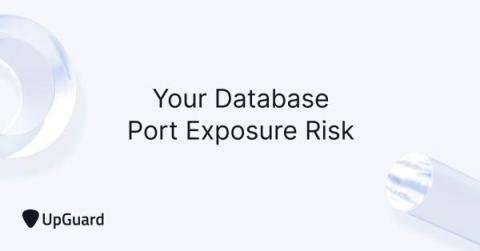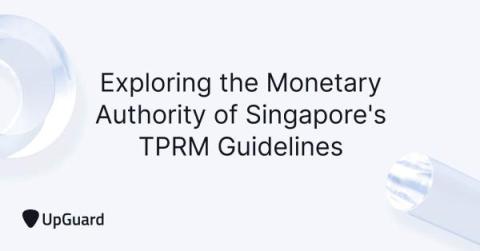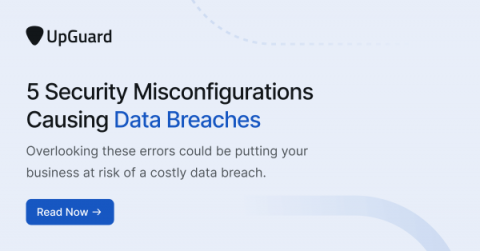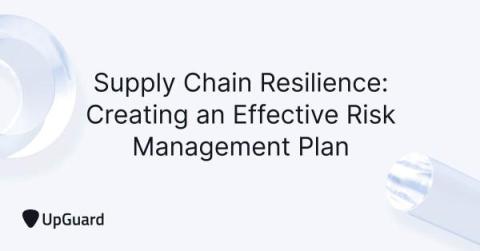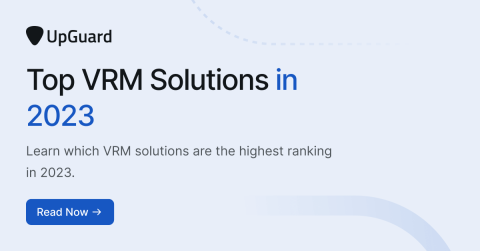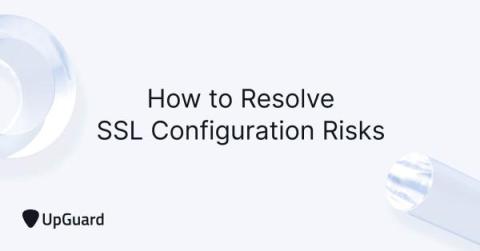Your Database Exposure Risk
When you collect and store information in a logical manner, you have a database. In modern uses of the word, a database often refers to the database management system (DBMS), which is a computer program that manages digital data. You use a database management system to interact with your stored data, so it's critical to implement security features that protect the DBMS and any data involved.


